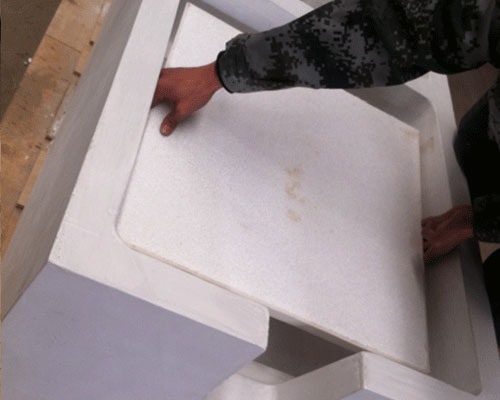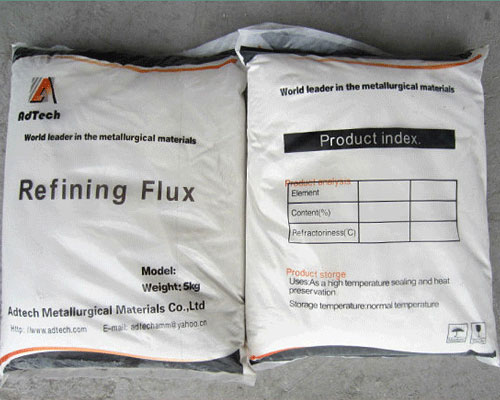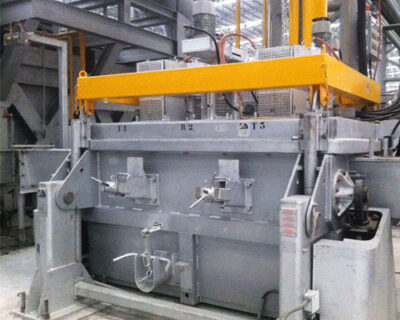The use of aluminum alloy castings is increasing, and the requirements for castings are becoming higher and higher. In addition to ensuring chemical composition, mechanical properties and dimensional accuracy, aluminum alloy castings are not allowed to have casting defects such as shrinkage holes, air holes, and slag holes. Aluminum purification technology is a comprehensive treatment of purification and grain refinement, which can obtain high-quality aluminum alloys. The refining effect of the aluminum liquid has an important influence on the formation of pores, shrinkage holes and inclusions, and directly affects the physical and mechanical properties of aluminum alloy castings.
Liquid Aluminum Purification Technology
Aluminum liquid purification treatment can be divided into adsorption purification technology and non-adsorption purification technology according to the purification mechanism. Aluminum purification technology is a comprehensive treatment of purification and grain refinement, which can obtain high-quality aluminum alloys.

Adsorption Purification
Adsorption purification mainly relies on the adsorption of oxidized inclusions produced by the refining agent, and at the same time removes the oxidized inclusions and the hydrogen attached to the surface to achieve the purpose of purifying aluminum liquid. Non-adsorption purification depends on other physical and chemical effects to achieve the purpose of aluminum liquid purification. Adsorption purification only occurs on the adsorption interface, while non-adsorption purification acts on the entire aluminum liquid at the same time.
Adsorption methods mainly include inert gas purging, active gas purging, mixed gas purging, chloride salt purification, non-toxic refining agent purification, and solvent method purification. The non-adsorption method mainly includes the vacuum purification treatment method, ultrasonic purification treatment method, electromagnetic purification treatment method, pressure crystallization method, rare earth element hydrogen fixation method, etc.
Mixed Gas Refining
When refining with chlorine gas in the adsorption purification treatment technology, chlorine gas and liquid aluminum generate aluminum trichloride, and aluminum trichloride and hydrogen generate hydrogen chloride, which has both physical and chemical effects. The refining effect is obvious, but it pollutes the environment and is harmful to human bodies. Later, the inert gas (nitrogen and argon) was used for refining, and even 99.999% inert gas was used, but the effect was not good and the cost was increased. Various methods are used to improve the refining process, but the effect of chlorine refining is not always achieved.

In recent years, foreign countries have adopted mixed gas refining, that is, inert gas plus active gas, which is beneficial to remove the inclusions inside the aluminum alloy while strengthening the dehydrogenation of the melt, and forms dry slag on the surface of the aluminum alloy melt, which can achieve good Refining effect. Moreover, it can easily control the amount of chlorine gas mixed, and has little impact on the environment.
In the adsorption purification technology, through process innovation and process transformation, many practical aluminum liquid treatment methods have also been produced: such as inert gas rotary degassing, foam ceramic filtration, powder spraying treatment, and rotary degassing and powder spraying treatment. Multiple methods. In the non-adsorption purification technology, the rare earth element hydrogen fixation method is also one of the future development directions.

